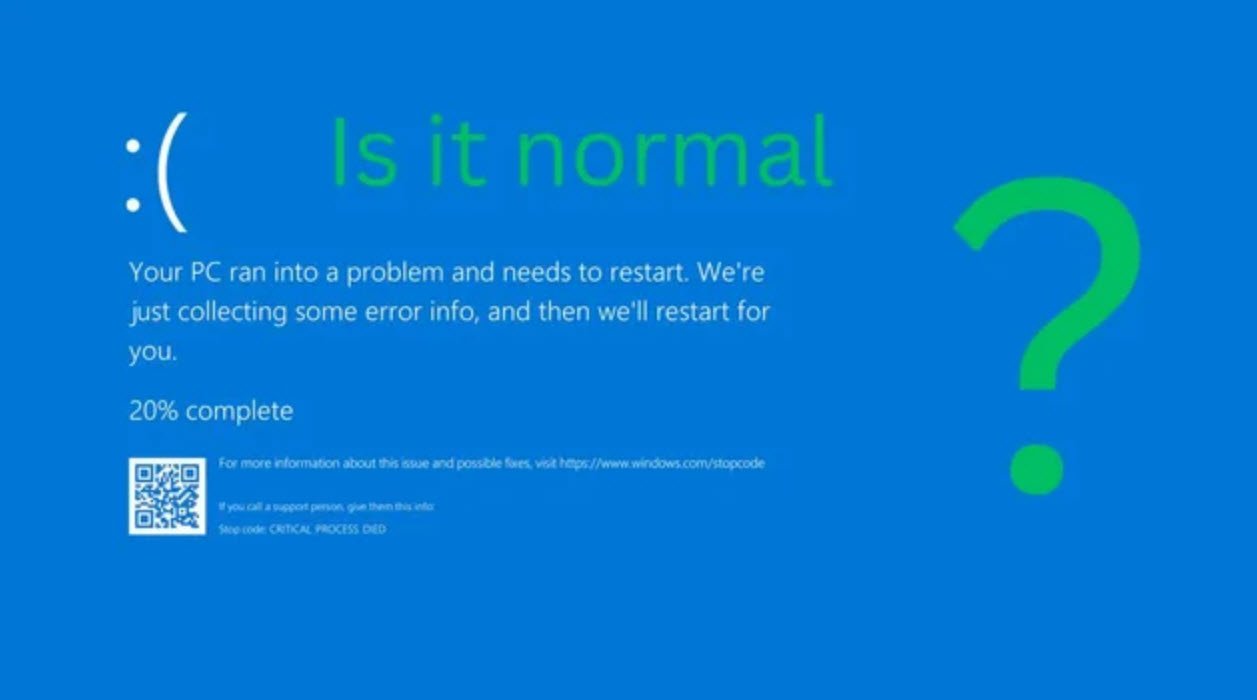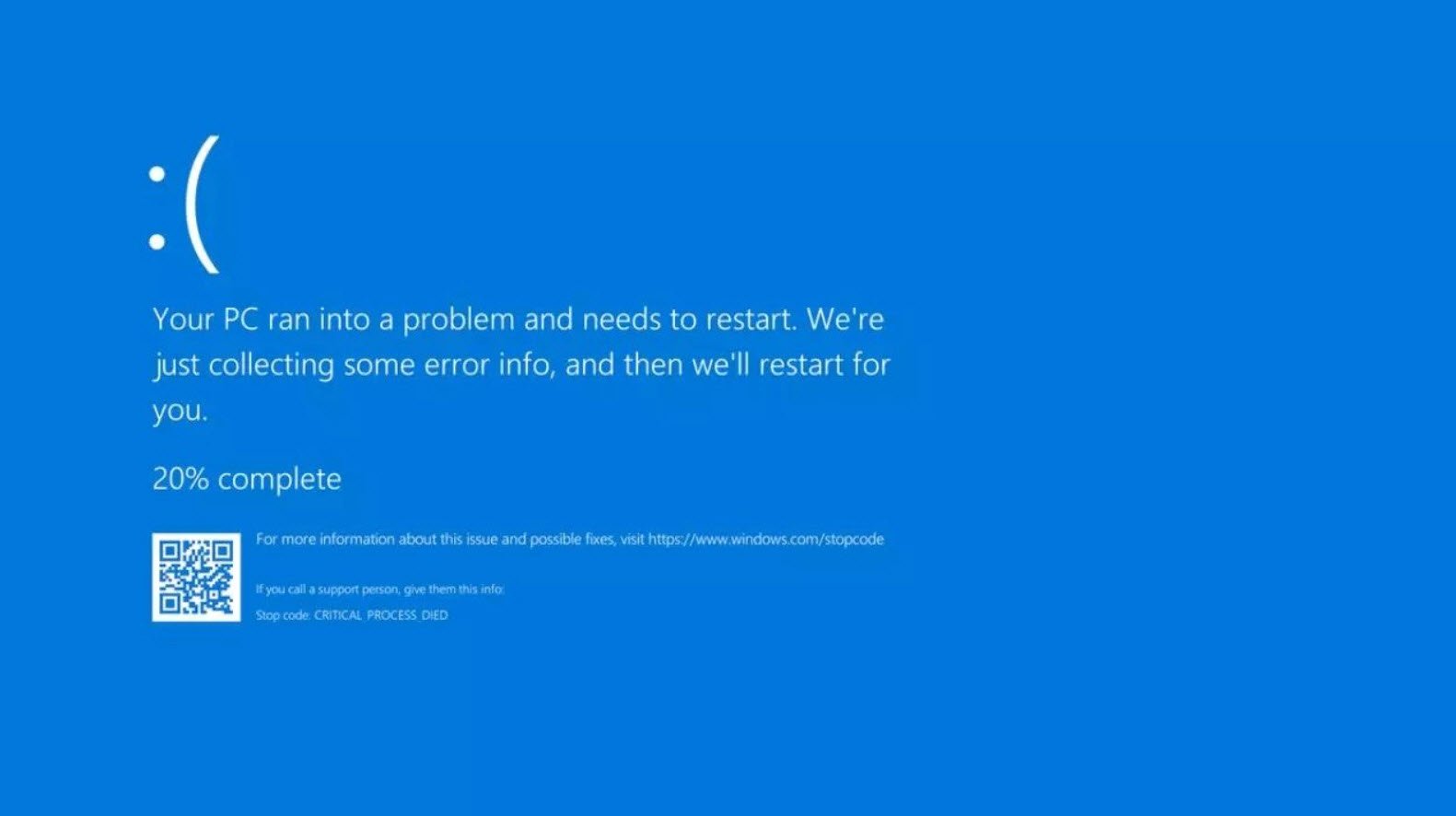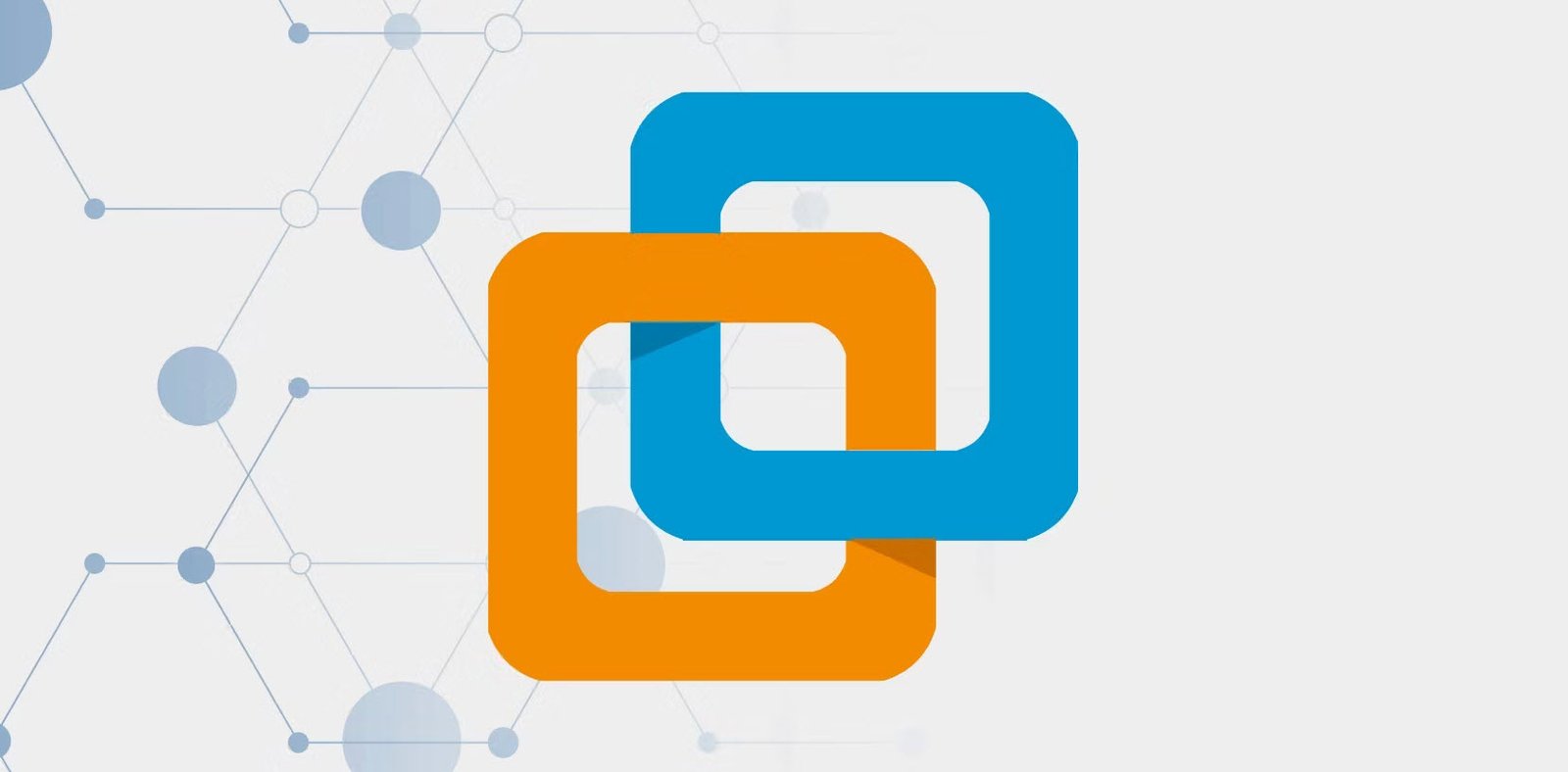
In the modern digital age, emails have become an integral part of our daily lives, revolutionizing the way we communicate and conduct business. But what lies behind the seemingly simple interface of our email clients? Enter the email header – a critical component that contains essential information about the sender, recipient, and the email itself.
An email header is like the envelope of a physical letter, containing crucial details about the message’s origin, destination, and its journey through the vast cyberspace. While most email users primarily focus on the basic fields like “From,” “To,” “Date,” and “Subject,” there is a wealth of additional information that can be found in an email header.
In this article, we will explore the various fields that comprise an email header and gain insights into their significance.
1. Date:
The “Date” field marks the timestamp when the sender considered the email complete and sent it. It helps recipients understand when the message was composed and aids in organizing emails chronologically.
2. From:
The “From” field reveals the sender’s identity, showing who authored the message. This field is typically used by the email client to display the sender’s name or email address in the recipient’s inbox.
3. Sender:
The “Sender” field comes into play when someone other than the original author sends the email on their behalf. In most cases, the “From” field alone suffices as it already identifies the author.
4. Reply-To:
The “Reply-To” field indicates the email address where recipients should direct their replies. If different from the “From” field, replies will be routed to the address specified here.
5. To:
The “To” field specifies the primary recipient(s) of the email. This field tells us who the message is intended for, such as the receiver’s email address.
6. Cc:
The “Cc” (Carbon Copy) field lists recipients who receive a copy of the email for information purposes. The primary recipients can see who is included in the “Cc” field.
7. Bcc:
The “Bcc” (Blind Carbon Copy) field functions similarly to “Cc,” but with one significant difference – the recipients listed in “Bcc” remain hidden from other recipients. This is often used for privacy or when the sender wants to protect the email addresses of certain recipients.
8. Message-ID:
The “Message-ID” field contains a unique identifier assigned to each email message. This identifier helps track the specific version of the message, enabling email clients to manage replies and conversations effectively.
9. In-Reply-To:
The “In-Reply-To” field comes into play when a user responds to a previous message. It references the unique message identifier of the original message, establishing a connection between the two.
10. References:
The “References” field is similar to “In-Reply-To” but allows for a more extended thread of conversations. It keeps track of the email’s history, showing how it relates to previous messages in a chain.
11. Subject:
The “Subject” field provides a brief overview of the email’s content. When a recipient replies to the email, their email client often automatically adds “Re:” to the beginning of the original subject.
12. Comments:
The “Comments” field enables the sender to add additional remarks regarding the email’s content. However, it is rarely used in typical email exchanges.
13. Keywords:
The “Keywords” field allows the sender to add relevant words or phrases that recipients might find useful or relevant to the email’s content.
14. Resent Fields:
The “Resent-” fields come into play when the email needs to be resent to additional recipients. These fields are automatically populated by the email client when the message is re-sent.
While most users may not pay much attention to the plethora of details within email headers, they play a crucial role in the efficient delivery and management of emails. Email headers are instrumental in combating spam, verifying the message’s authenticity, and ensuring proper routing to recipients.
Understanding these header fields gives us a glimpse into the intricate workings of email communication, making our digital interactions more meaningful and secure. So, the next time you send or receive an email, take a moment to appreciate the small but significant role played by its header – a humble digital guardian of our electronic correspondence.
You may also like:- How To Fix the Crowdstrike/BSOD Issue in Microsoft Windows
- MICROSOFT is Down Worldwide – Read Full Story
- Windows Showing Blue Screen Of Death Error? Here’s How You Can Fix It
- A Guide to SQL Operations: Selecting, Inserting, Updating, Deleting, Grouping, Ordering, Joining, and Using UNION
- Top 10 Most Common Software Vulnerabilities
- Essential Log Types for Effective SIEM Deployment
- How to Fix the VMware Workstation Error: “Unable to open kernel device ‘.\VMCIDev\VMX'”
- Top 3 Process Monitoring Tools for Malware Analysis
- CVE-2024-6387 – Critical OpenSSH Unauthenticated RCE Flaw ‘regreSSHion’ Exposes Millions of Linux Systems
- 22 Most Widely Used Testing Tools








